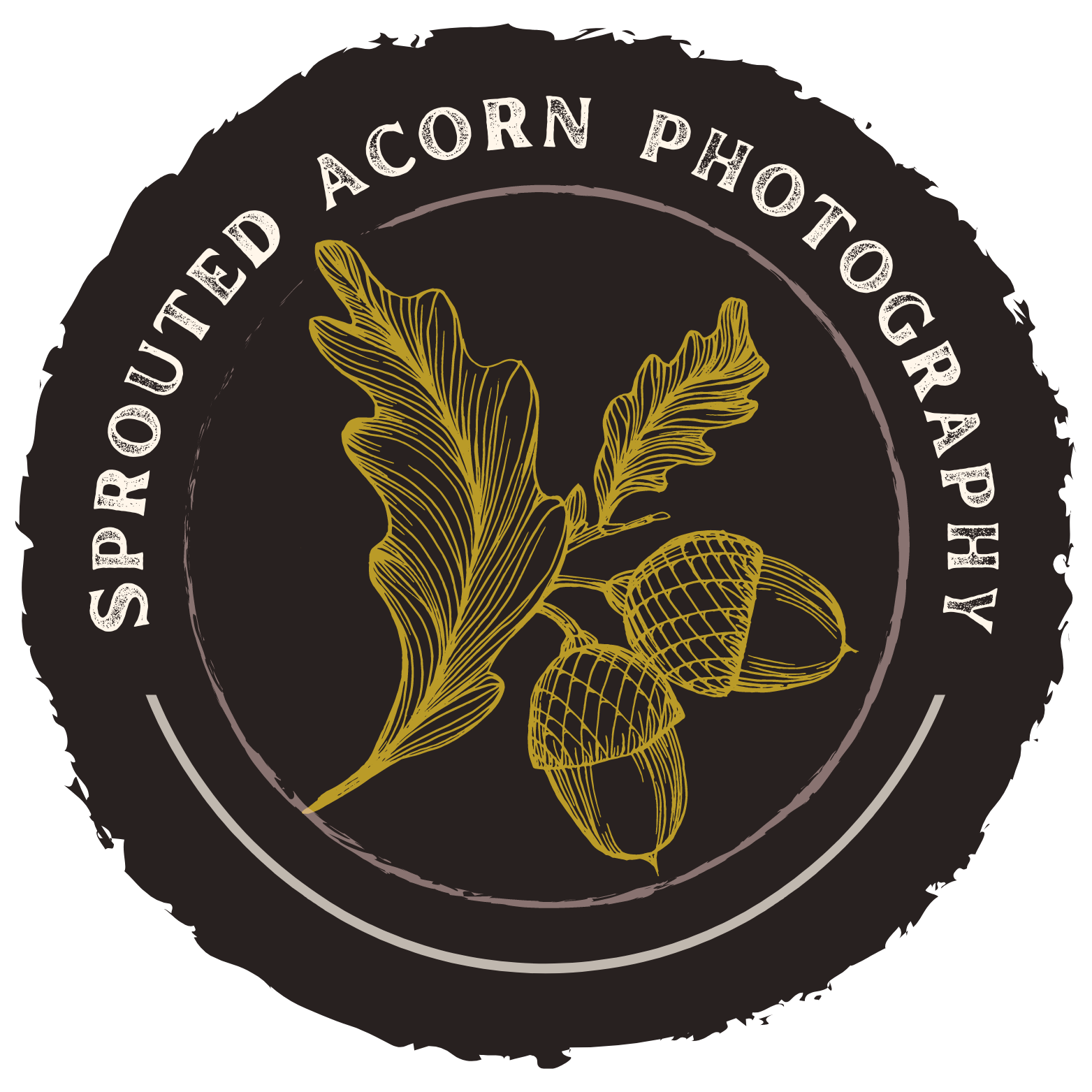Homemade Yogurt
Let's take a little bit to veer off the main road--which has been pasta and pizza--and let's talk about dairy. I posted my recipe for granola here, so now you need something to go with it.
I'm thinking about this for two reasons: First, my pasta maker hasn't arrived yet. Argh. Secondly, I've made this yogurt several times since I received my yogurt maker but today was the first time I used my yogurt to make smoothies. Can I just say Oh. My. Goodness?!? Let me tell you, folks--this ain't no Dannon yogurt. It almost feels WRONG to eat something this good.
And once you make it, it's like a whole 'nother culinary world has been opened up to you. Once you know how to make yogurt, you can make your own mock sour cream (delicious), yogurt cheese (very delicious), yogurt pancakes (quite delicious), and smoothies (absolutely delicious). Entire books have been written about how to make and cook with yogurt. Here are just a few of the ones that I've read:
101 Things to do with Yogurt by Geneva Stringham
The Book Of Yogurt by Sonia Uvezian
The Stonyfield Farm yogurt cookbook by Meg Cadoux Hirshberg
Making Cheese, Butter & Yogurt by Storey Books
We'll explore a few recipes using yogurt later, but first, let's make the yogurt, then we'll go from there.
I use raw milk, so if you have access to that, do definitely use it. It's absolutely delicious.
...ooo--)(--ooo...ooo--)(--ooo...ooo--)(--ooo...
Quart Version:
1 quart of milk (I use whole raw cow's milk)
3 oz evaporated milk (which, I think, is a little less than 1/2 cup)
1/4-1/3 cup sweetener (I used 1/4 honey in one and 1/2 cup honey in one, and neither were super sweet. Today I used 1/3 cup sugar)
1/2 teaspoon vanilla
1/4 cup yogurt which has live active cultures. PL says it doesn't matter if it's plain or vanilla. I've used both with the same results. Once you make your first batch, you can use yogurt from your own batches to keep it going until the cultures weaken, then you have to buy more.
(PL adds gelatin to hers, but I couldn't figure out the right ratio, so I left it out. Because we use whole jersey milk, it thickened just fine without the gelatin.)
Partially fill a sink with cold water and get all of your ingredients ready and measured. It goes quickly, so you want to be ready. Temperatures are very important for good yogurt.
For raw milk, heat the milk to 180 degrees F. I was hesitant to do this because I wanted the good health properties of the raw milk, but my first batch didn't come out so well. When I called PL, she said that heating it creates a creamier yogurt. I tried it, heating it to about 186, and she was right. Very creamy.
Turn of the heat.
Add the evaporated milk, sweetener and vanilla. Stir well.
Place your pan in the cold water and stir. Your goal is to quickly cool the milk to between 110 and 115 degrees. This happens more quickly than you'd think.
When the milk has cooled, add the yogurt using a very clean whisk. Bad bacteria can take over and make your yogurt clumpy and yucky. Very thoroughly mix in the yogurt.
Pour the mix into a quart jar or yogurt maker.
This is the tricky part, and this is why I asked for the yogurt maker. The yogurt must incubate for between 4 and 10 hours at around 100 degrees. Too hot, and you'll cook the yogurt. Too cool and it won't incubate properly. Some people fill a cooler with hot water, place their jars or containers in it and leave it alone until it sets.
Don't touch it. Don't open it. Wait for about four hours, then very carefully check it. If it seems thickened and creamy, you can taste it to see if it's tart enough. If it is, put it in the fridge until it's cool, then you're done!
Add fruit and stuff after it's done.
One Gallon version (makes five quarts):
One gallon of milk
2 T gelatin
1/2 cup cold water
12 oz can evaporated milk
1 1/4 cup sugar or 1 cup honey
2 t vanilla
1 cup yogurt with active cultures
Follow instructions above, except that you should dissolve the gelatin in the water before you start, if you plan to use it. Add the gelatin when you add the milk, sweetener and vanilla. Follow the rest of the directions, pouring your mixture into five quart jars or containers (doesn't matter if it's glass or plastic, just as long as their really, really clean).
90-120 degrees makes yogurt, so keep your temp within the range. I think around 90-95 is optimal.
...ooo--)(--ooo...ooo--)(--ooo...ooo--)(--ooo...
Enjoy!
